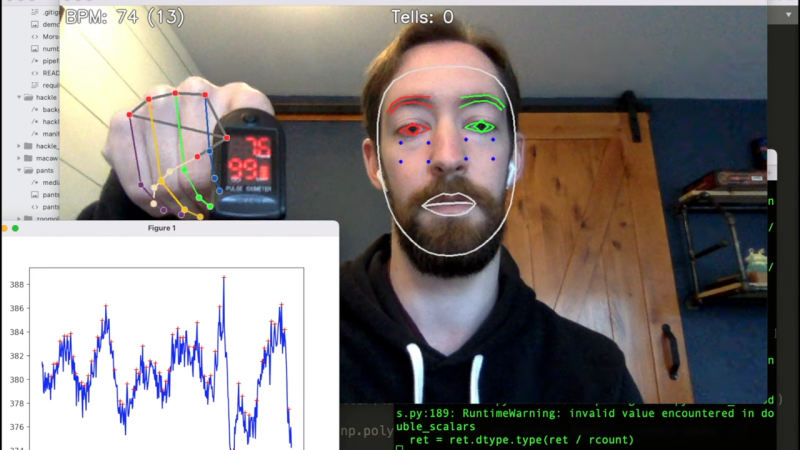Facial Scanning by Burger King in Brazil
In 2000, I wrote: “If McDonald’s offered three free Big Macs for a DNA sample, there would be lines around the block.”
Burger King in Brazil is almost there, offering discounts in exchange for a facial scan. From a marketing video:
“At the end of the year, it’s Friday every day, and the hangover kicks in,” a vaguely robotic voice says as images of cheeseburgers glitch in and out over fake computer code. “BK presents Hangover Whopper, a technology that scans your hangover level and offers a discount on the ideal combo to help combat it.” The stunt runs until January 2nd…

